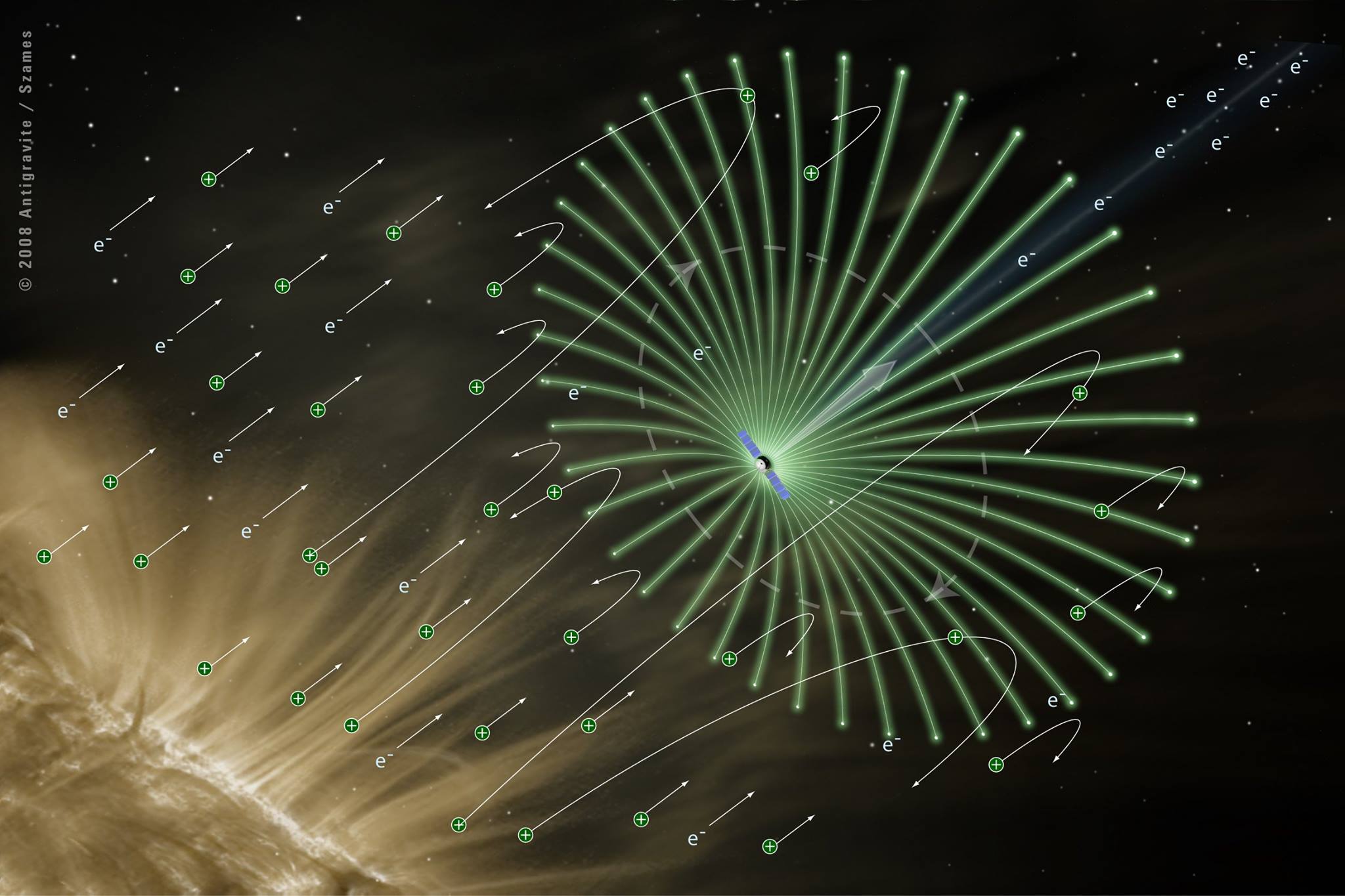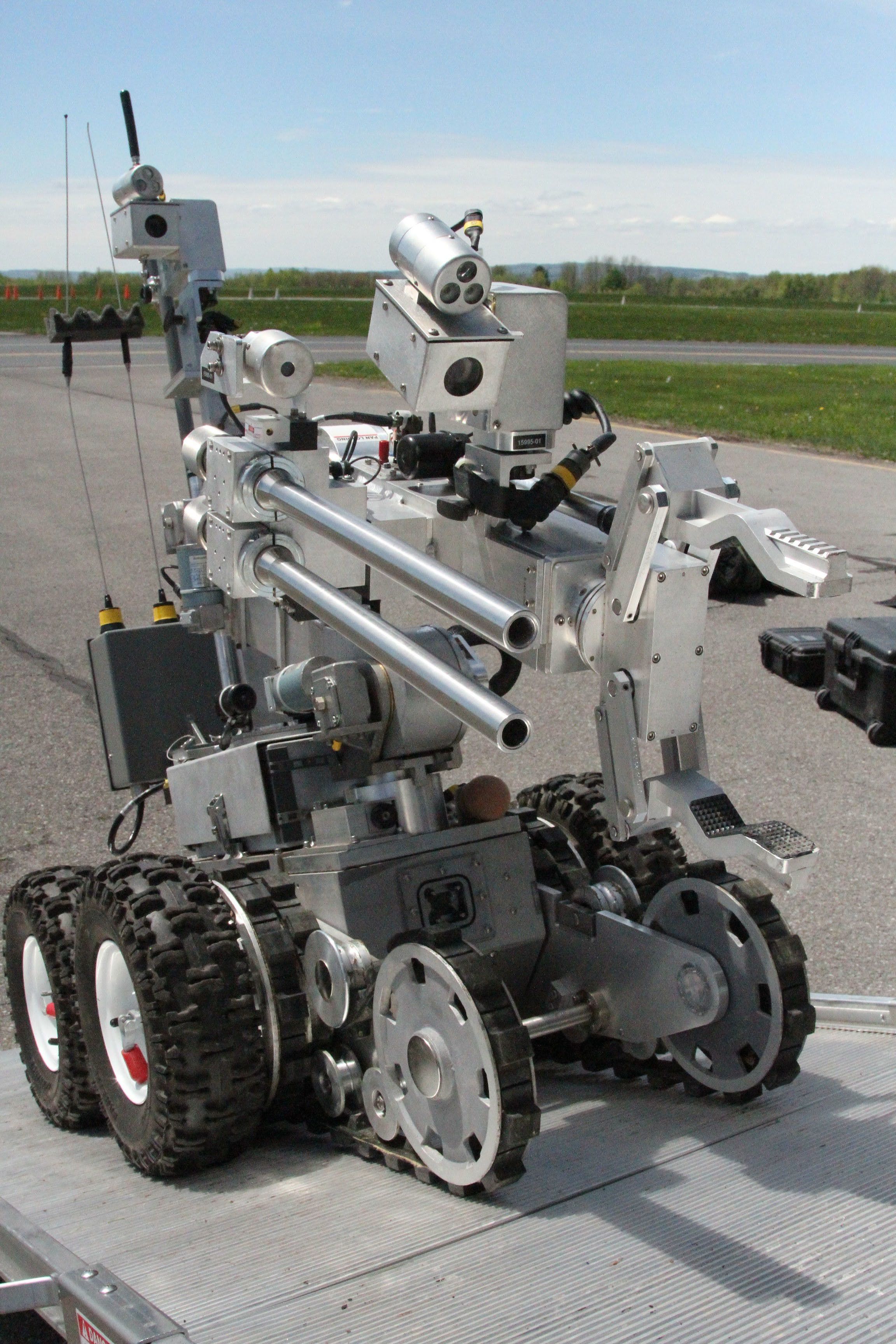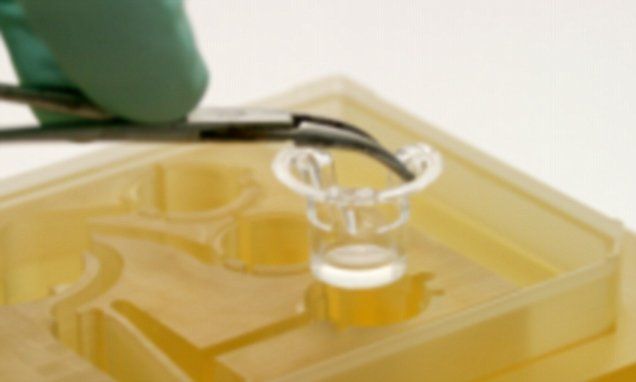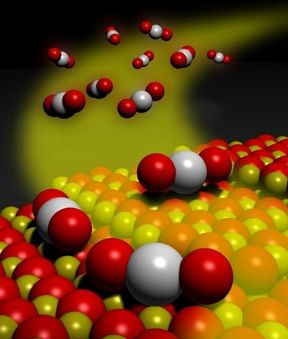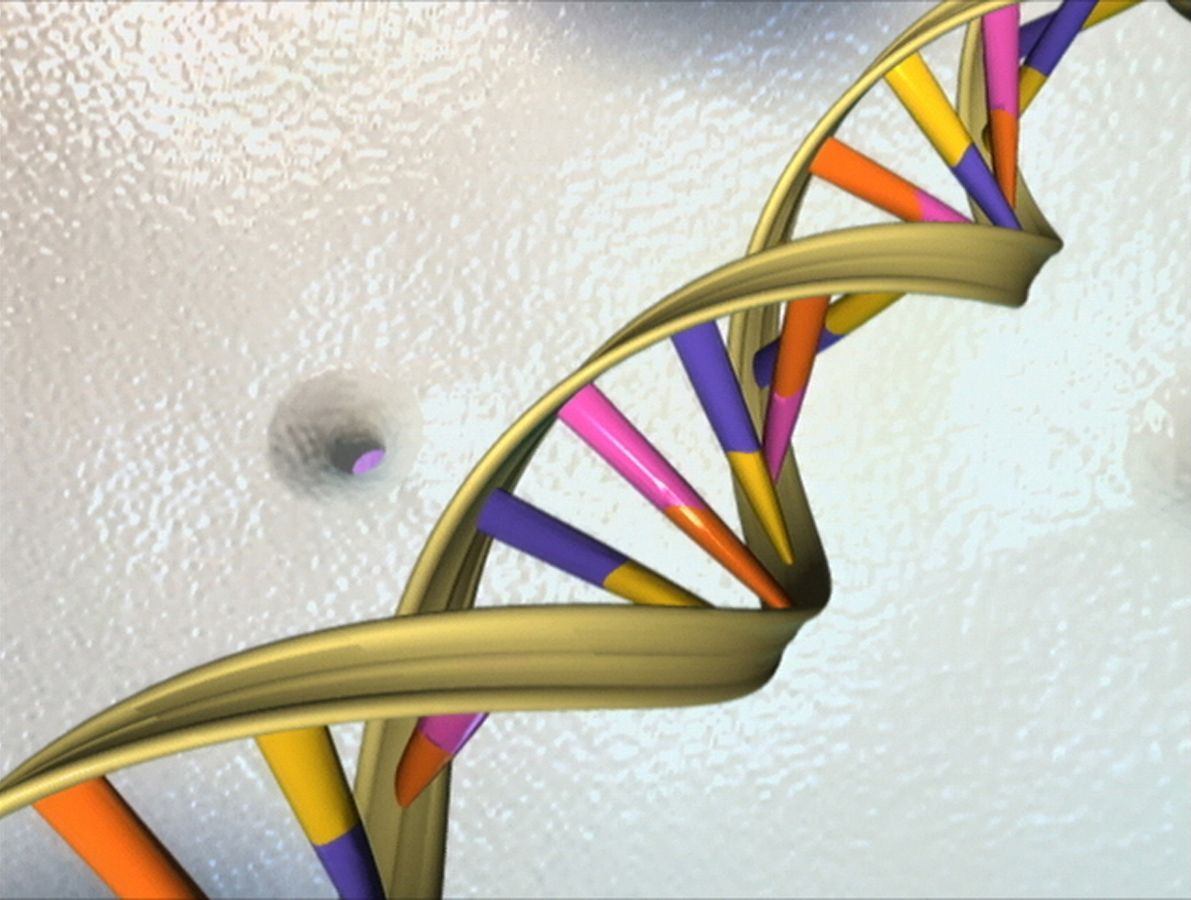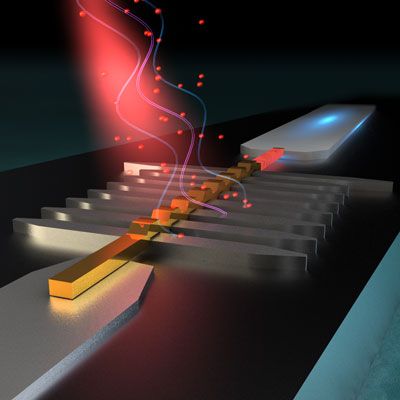Jul 8, 2016
Extra dimensions, gravitons, and tiny black holes
Posted by Andreas Matt in categories: cosmology, particle physics
Why is gravity so much weaker than the other fundamental forces? A small fridge magnet is enough to create an electromagnetic force greater than the gravitational pull exerted by planet Earth. One possibility is that we don’t feel the full effect of gravity because part of it spreads to extra dimensions. Though it may sound like science fiction, if extra dimensions exist, they could explain why the universe is expanding faster than expected, and why gravity is weaker than the other forces of nature.
In our everyday lives, we experience three spatial dimensions, and a fourth dimension of time. How could there be more? Einstein’s general theory of relativity tells us that space can expand, contract, and bend. Now if one dimension were to contract to a size smaller than an atom, it would be hidden from our view. But if we could look on a small enough scale, that hidden dimension might become visible again. Imagine a person walking on a tightrope. She can only move backward and forward; but not left and right, nor up and down, so she only sees one dimension. Ants living on a much smaller scale could move around the cable, in what would appear like an extra dimension to the tightrope-walker.

